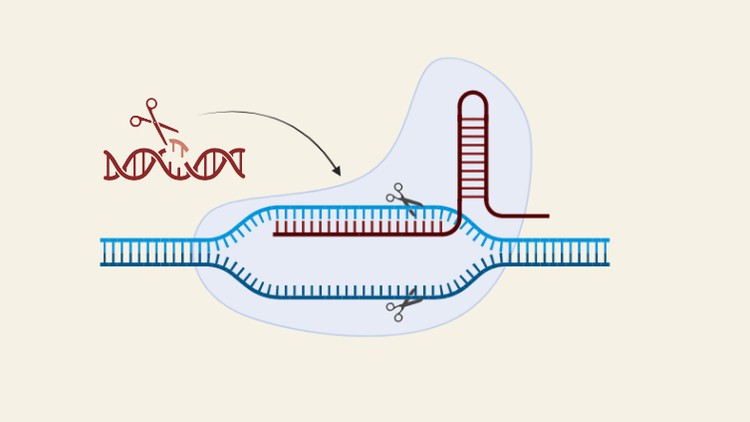Biotechnology: Gene Editing Techniques
Learn about gene editing techniques like ZFNs, TALEN, and CRISPR
4.33 (6 reviews)

42
students
1 hour
content
Aug 2022
last update
$59.99
regular price
What you will learn
What is Gene Editing?
History of Gene Editing
How Does Gene Editing Work?
Homologous Recombination
Peptide Nucleic Acids (PNAs)
Meganuclease
Zinc-finger nuclease (ZFNs)
Transcription activator-like effector nucleases (TALEN)
General Mechanism of CRISPR/Cas
Types I CRISPR/Cas System
Types II CRISPR/Cas System
Types III CRISPR/Cas System
Ethical Concerns Related to Gene Editing
Applications of Gene Editing
Related Topics
4827186
udemy ID
8/11/2022
course created date
8/23/2022
course indexed date
Bot
course submited by